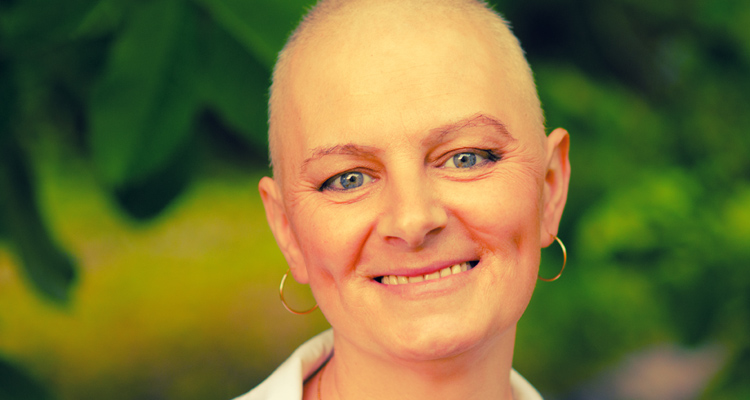“Over the last 15 to 20 years, there has been tremendous growth of scientific research on cancer treatment,” Dr. Bill Gai, of Danville Hematology and Oncology, says. Advances in science have made treatment less stressful, but cancer can still make a patient feel powerless. Power can be found in places you might not have thought to look. Waking up, getting dressed, and maintaining a normal routine is empowering and gives you control over your life.
Cancer treatment can affect your appearance in ways that you might not expect. Treatment can lead to hair loss, skin discoloration, weight gain or weight loss, and changes in your fingernails. While these changes are often times temporary, they can worsen an already strained mind. Dr. Gai says, “Attending to your appearance when you’re ill goes a long way to making you feel better. With everything that is going on with the cancer, it can be hard to feel good about yourself.”
Another major factor in how a patient will feel is where he/she chooses to receive treatment. Getting treated locally eases anxiety which helps to manage stress levels. Dr. Gai says, “ Minimizing interruptions in someone’s life is a benefit. Local treatment means less missed appointments and less interference with work schedules.”
Fortunately for our area, DRMC is a comprehensive and collaborative team. “We have an excellent team involving oncology, radiation oncology, and general surgery staff including Dr. William Sweezer who performs lung surgery when required. We also offer clinical trials,” Dr. Gai says.
Tips for Feeling the Best You Can During Treatment
• Maintain regular grooming habits even if you’re confined to bed rest.
• Alter your wardrobe to match weight gain or weight loss.
• For shaving, avoid nicks by using an electric razor.
• Proper rest is essential.
• Maintain regular dental care.
• If hair loss occurs, cut your hair short or shave your head.
• Wig shops can match your hair color. If you purchase a wig before hair loss begins, cut a swatch of hair from the top front of your head, where the hair is lightest. It’s the best for matching. Get a wig that can be adjusted to account for hair loss. Also ask your doctor for
a prescription for the wig. It may be covered by insurance.
• Turbans and scarves can be used as wig alternatives.
• As long as your doctor gives the OK, pamper yourself by having manicures, pedicures, massages, or facials.
• Stay active. Exercise, in moderation, each day. Your medical team can help you with an exercise plan. Slow, easy walks are a good way to remain active and enjoy nature while doing so.








